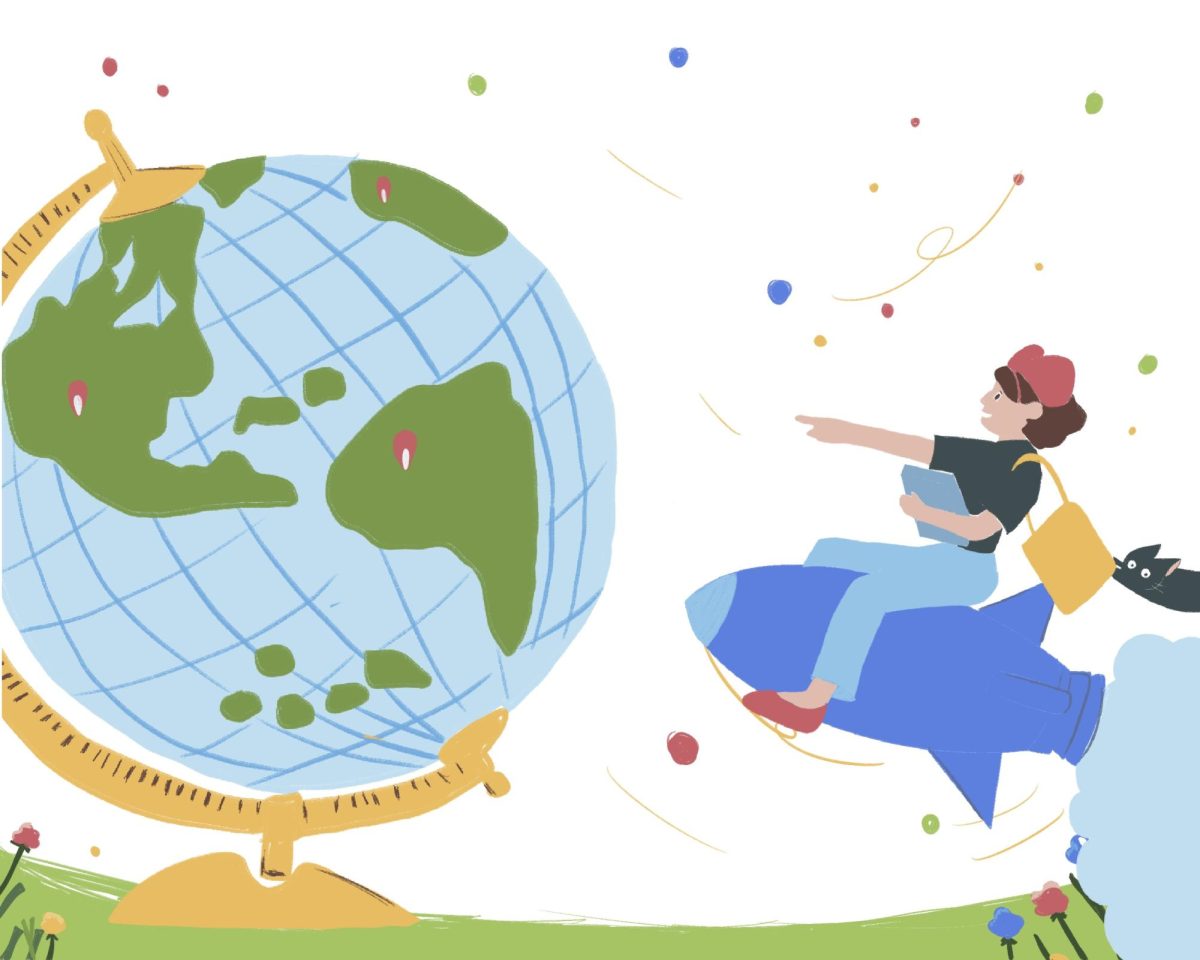Lisa Doris Alexander ’17, associate professor of African American Studies at Wayne State University, returned to Grinnell this week to deliver a convocation lecture on what pop culture says about society, with a particular focus on race relations. Before speaking on Thursday, Alexander met with The S&B’s Philip Kiely to talk about her return .
The S&B: What did you study and participate in when you attended Grinnell?
LDA: I was a political science major with an African American Studies concentration, so I studied a little bit of everything. I was involved with Concerned Black Students; I was a spokesperson of that organization at one time. I did student government. … CBS and SGA were my two biggies.
The S&B: How did you get into the study of pop culture?
LDA: I’m of that generation where both of my parents worked full time, so I was what they called then a “latchkey kid.” After school I walked myself home and I watched TV. So I was always interested in television and then film is a natural progression after that. When it was time to go to graduate school I went to UCLA for my masters, which has one of the best film schools in the country. I naturally took some classes over there and it just grew from there.
The S&B: What is pop culture currently telling us about the state of race relations in the United States?
LDA: It’s telling us a lot. I’m going to talk about three case studies. Film [uses] two concepts, the first known as “whitewashing” and the other known as “race bending.” Whitewashing is when studios cast a white actor in a role that [has] historically been played by a person of color and race bending is when a person of color is cast in a role that has traditionally been thought of as white. I’m going to look at how that’s working in popular culture [and] some of the blowback that fans have when either of those practices is used. Then I’m going to talk about Shonda Rhimes in television, particularly her work on “Scandal,” and this explosion of inclusion on the small screen — not necessarily on the big screen — and the increase in the number of people of color behind the camera and the effect that has had on what we see on the screen. The third is to talk about sports, particularly Colin Kaepernick and his national anthem protest and some of the backlash that he’s gotten from that and how that relates to the election that we’ve just had.
The S&B: What do you think defines pop culture?
LDA: There’s kind of a hierarchy of culture. There’s typically what people think of as the high culture, so you have classical music and maybe international film. Pop culture is thought of the “lower” culture — so you’ve got the pop music, the hip-hop, the film and the TV. So it’s all the cool stuff, I like to say, but the stuff that is usually dismissed as being devoid of meaning even though it is truly not devoid of meaning.
The S&B: What do you think makes pop culture less studied than “higher” culture?
LDA: Academics are kind of uppity. A lot of academics like to turn their noses up to what the masses like because they think, “Oh, we’re better than that.” But the masses know what the fun stuff is. … If millions of people are going to spend their money on “Fast and Furious Five,” then we as academics should want to know, what messages are “Fast and Furious Five” sending out to all of the millions of people around the globe who are watching it?
The S&B: Have you seen anything interesting in the intersections between popular and “higher” culture recently?
LDA: Typically Broadway is thought of as higher culture but Hamilton brought hip-hop to that area. It’s the number one selling album, [Lin Manuel Miranda] got a Grammy and a Pulitzer, now the mix tape is coming out in a couple of weeks, so it’s further expanding how we think of Broadway and who can be involved in it. No one’s going to think of Busta Rhymes when they think of Broadway, but he does one of the remixes on the mix tape so it’s combining all of these cultures. Even my mom is listening to Hamilton. I had to explain to her that the cabinet rules came from Biggie’s crack commandments, so that was an interesting discussion in the car. But it’s bringing in a whole generation of people who would never think that they would listen to hip-hop.


















































